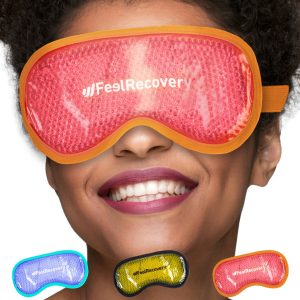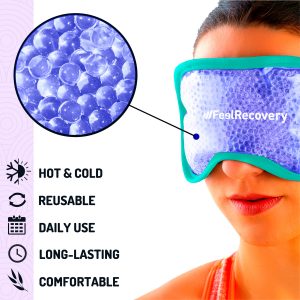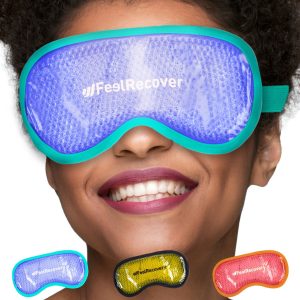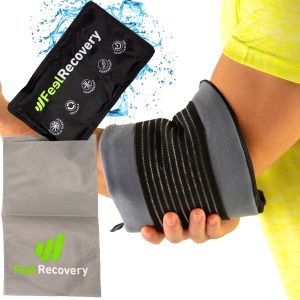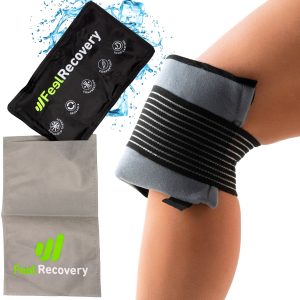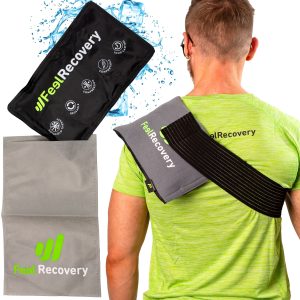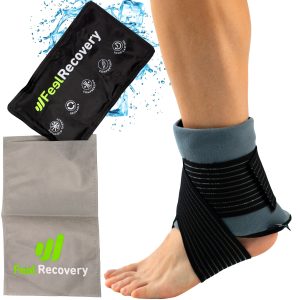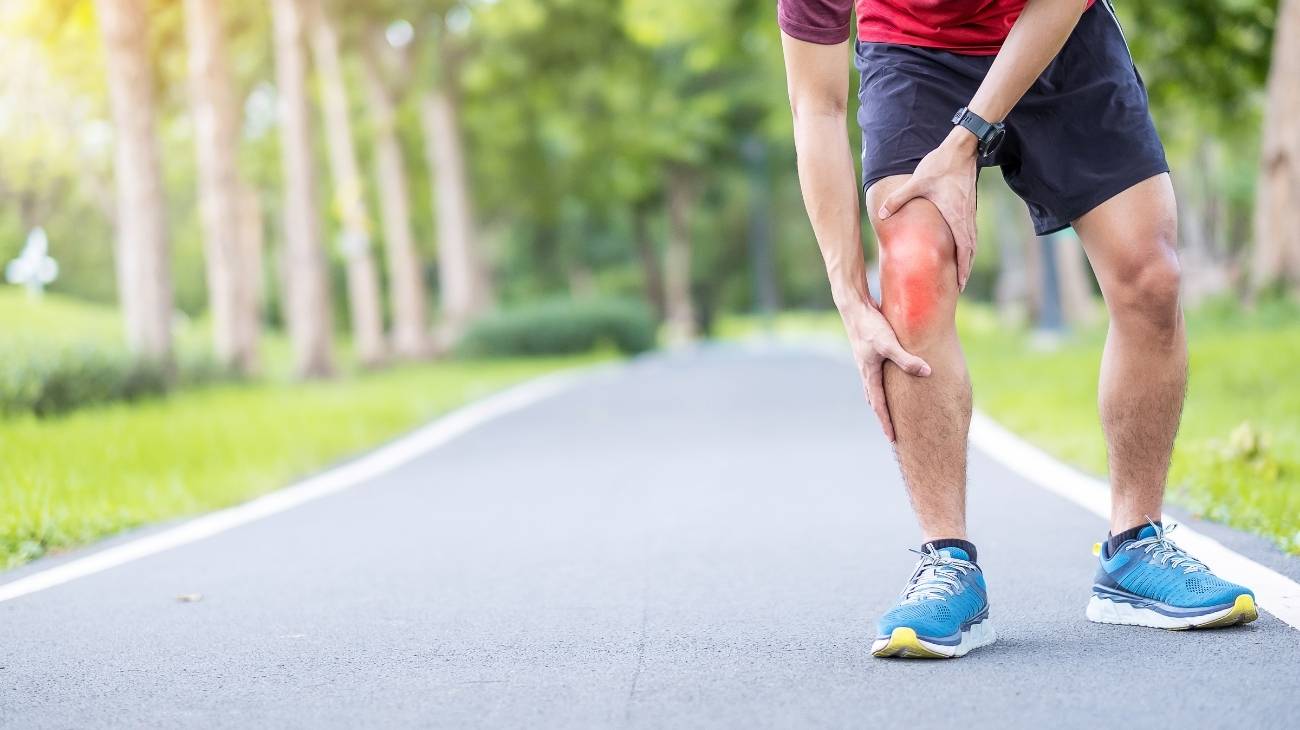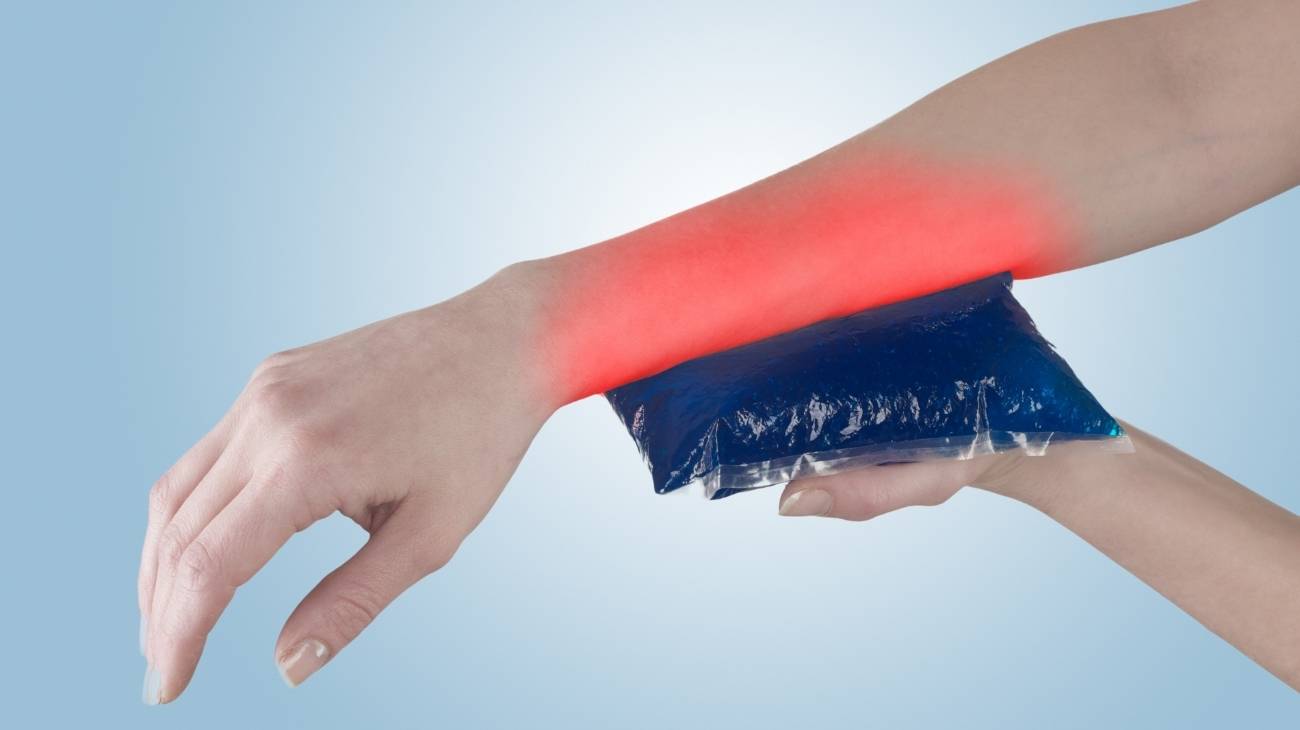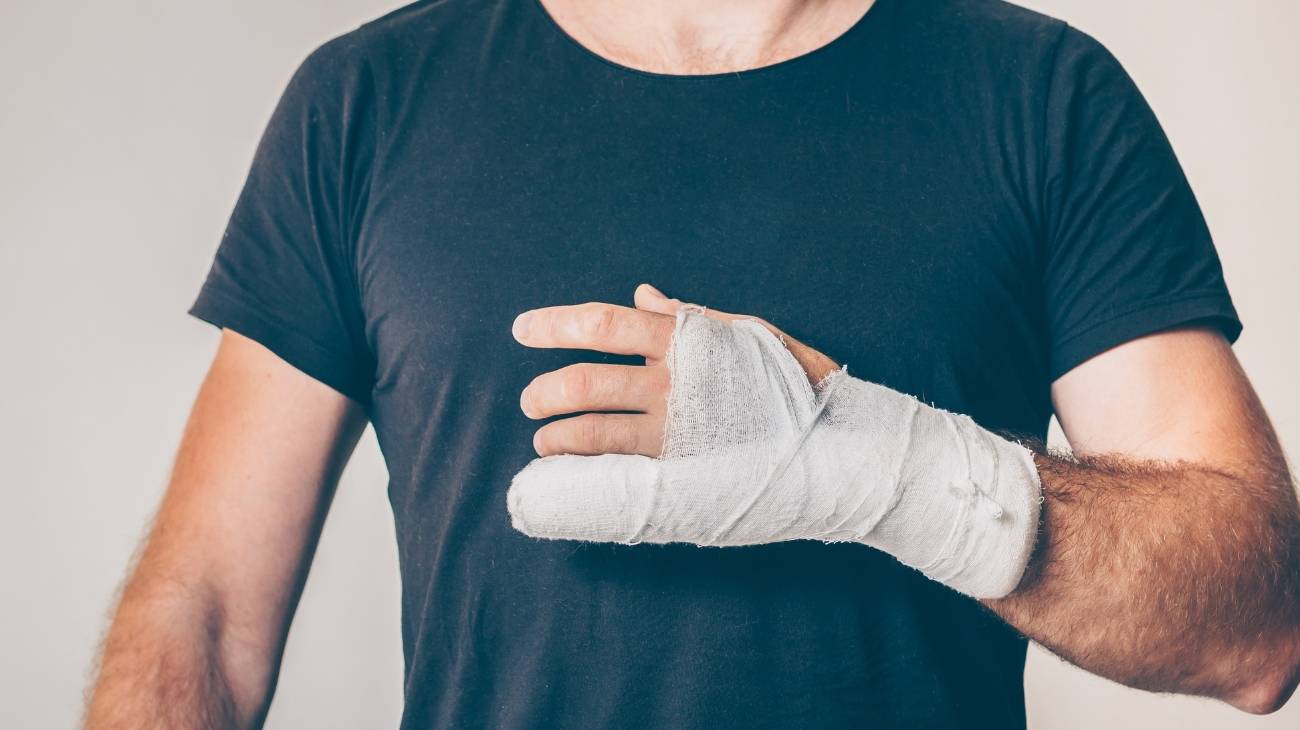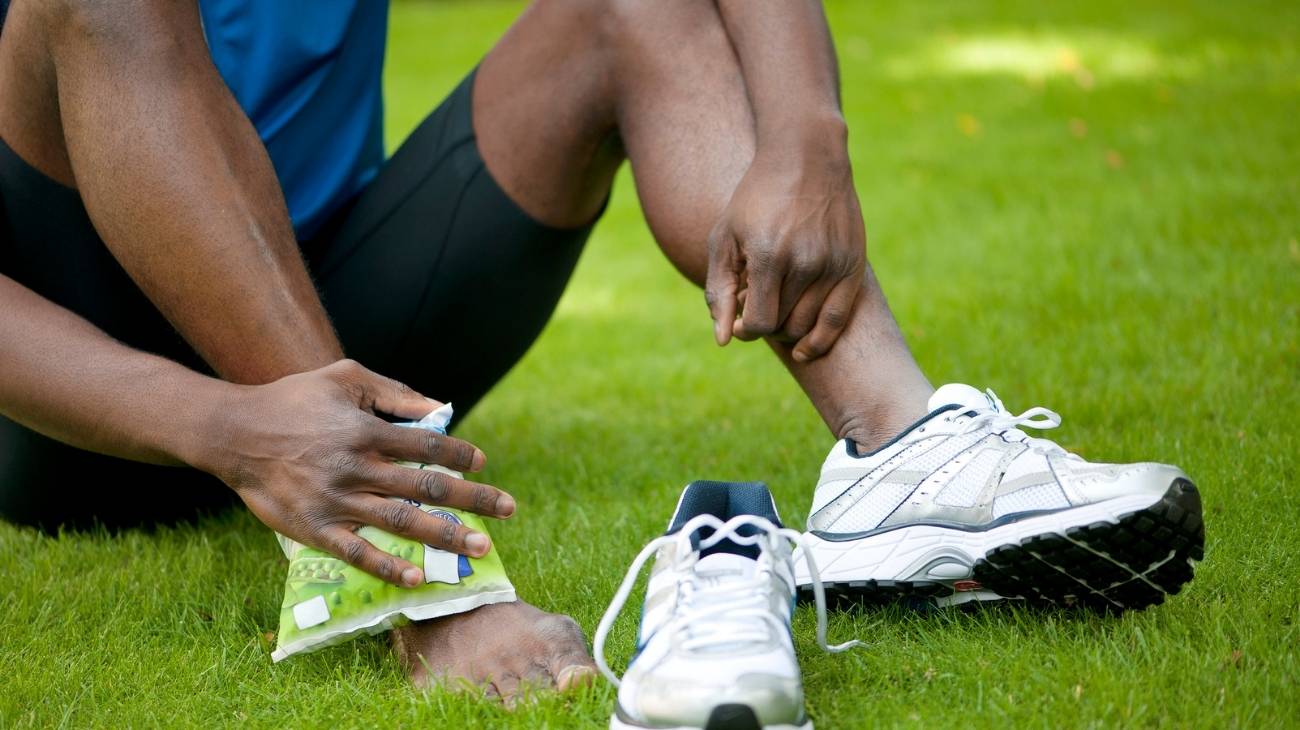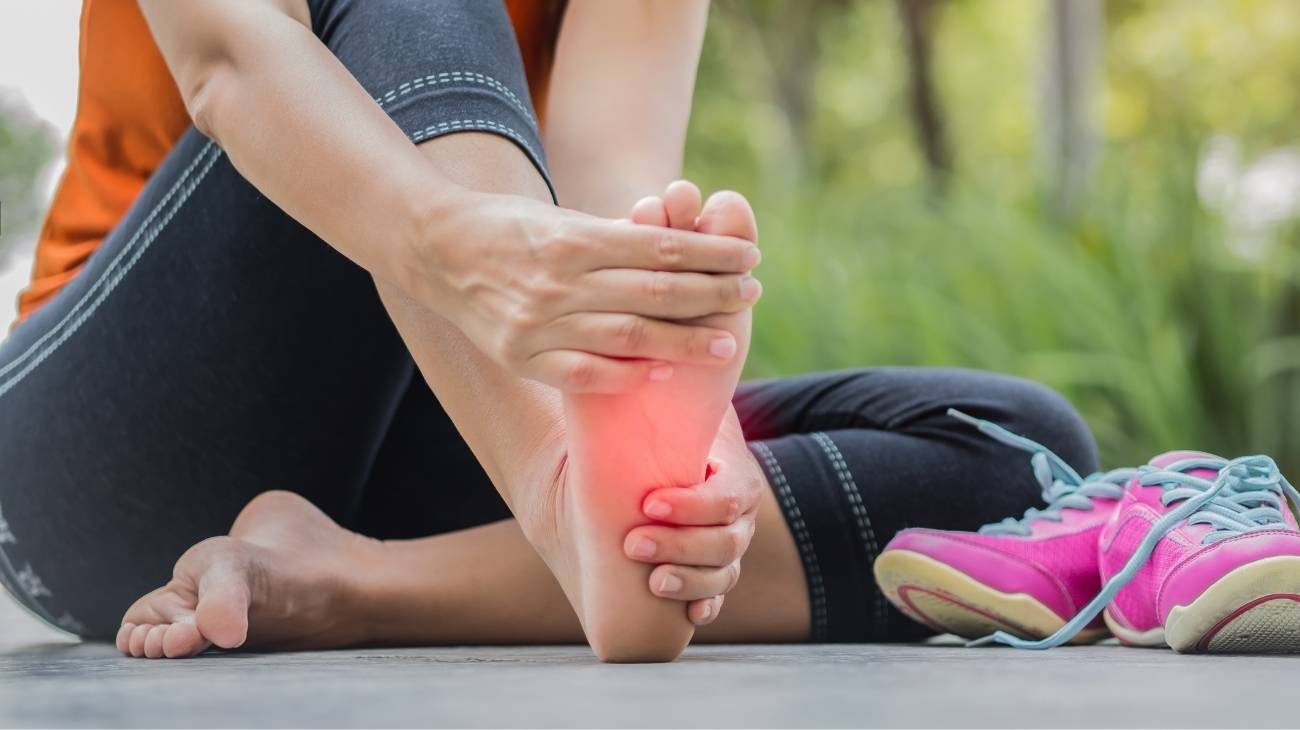Back pain due to sciatica is one of the most uncomfortable pains a person can experience. Those who have suffered it describe it as a pain that goes from the lumbar region to the thighs, legs and feet. It is called "sciatica" because it is due to the inflammation of the sciatic nerve which has the same route.
This condition has different origins and the treatments must be aimed at resolving the main cause of sciatica. However, there are simple and non-surgical solutions that improve the pain such as heat and cold therapies, come and get to know them better!
What are the causes and origin of sciatic nerve inflammation pain?
The first thing we should be clear about is that the term sciatica only refers to a set of painful symptoms. It does not refer to any particular disease but rather to the inflammation of a nerve. This is the sciatic nerve and is the longest and thickest nerve in the human body.
Sciatica is expressed clinically as severe pain, numbness and tingling throughout the lower limb. The distinctive feature is that it extends from the lower back to the back of the buttock, thigh, leg and foot. The intensity of the pain can vary and is usually one-sided, i.e. it manifests itself on only one side of the body.
Symptoms of sciatica
Among the symptoms that people usually describe, we can point out:
- Constant pain: It is expressed as a constant and intense pain that occurs in only one buttock or buttock, because it is rarely in both. This pain can be aggravated by sitting, coughing or sneezing.
- Tingling or burning sensation: Many people describe a tingling sensation that runs down the whole leg.
- Loss of sensation: This is usually felt when the person touches the back of their leg and realises that they have no sensation to touch.
- Muscle spasms: These are felt as a painful jerk in the leg muscles.
- Muscle weakness: When inflammation of the nerve has become a chronic problem it can lead to muscle weakness.
Causes of sciatica
The onset of sciatic back pain usually has multiple factors. However, the most common causes are the following:
- Herniated discs: This is the main cause of the appearance of pain in the sciatic nerve. Discs are rubbery rings that are located between the vertebrae to cushion the movements of the spine. When there is protrusion, tearing or exit of the disc it generates inflammation at the level of the nerves and adjacent tissues.
- Spinal stenosis: This occurs when the spinal canal, which is the hole through which the spinal cord passes, is reduced. This causes compression of the sciatic nerve roots and is due to bone spurs, disc herniations, inflammation, among others.
- Pyriform or pyramidal syndrome: The name of a derivative of the pyramidal or pyriform muscle. In approximately 15% of the population the path of the sciatic nerve crosses the pyriform muscle. If there are spasms, trauma or excessive use, the muscle shortens and causes compression or strangulation of the sciatic nerve.
- Traumatisms: Any trauma can cause direct compression of the sciatic nerve. The impact can injure the path of the nerve or fracture the bones of the spine and cause greater nerve compression.
- Tumours: Although it is one of the less frequent causes, it can be one of the causes of inflammation of the sciatic nerve. Tumours are abnormal growths at the level of the spine that can be benign or malignant. The growth of the tumour can generate compression in the sciatic nerve.
Also, there are risk factors that condition the appearance or worsen the direct causes of sciatica:
- Changes due to age: With the years the spinal column suffers changes due to age. They are closely related to the activities that the person carried out during a large part of his or her life. The changes occur due to osteoarthritis, spurs and herniated discs, as well as scoliosis or kyphosis.
- Obesity: Excess weight increases the overload of the lumbar vertebrae and causes compression at the level of the nerves.
- Working habits: Professions or tasks that require lifting excess weight or keeping in vicious positions condition the spine to greater damage.
- Sedentarism: Remaining seated for a long time or not practising any sport conditions sciatica. It is believed that the cause is that the less physical activity you do, the weaker your back muscles are. This weakness generates instability in the vertebrae of the spine.
- Diabetes: Diabetes causes a pathology called peripheral neuropathy. This is caused by high levels of glycaemia in the blood causing lesions at the level of the nerves.
Bestseller
What is best for reducing back pain from sciatica, cold or heat?
It has been proven that both heat and cold are very beneficial in improving sciatic back pain. Some people have achieved very good results with the application of cold during the first week. Others have opted for heat because it generates greater relaxation of the muscles, ligaments and tendons.
Heat and cold therapies are very easy to apply and most therapists recommend them because of their great effectiveness. They can be used individually or alternated to achieve a better effect on the nerves and soft tissues.
Benefits of applying cold
Physiotherapists recommend that cold be applied in the early stages of sciatic back pain. Cold is considered one of the best analgesics and anti-inflammatory drugs and is therefore one of the best options.
Therefore, it is important to know its effects on the tissues and to understand why it generates the following benefits:
- Anti-inflammatory effect: When there is inflammation in any part of the body, an increase in blood flow is generated as a response to the repair of the damage. The cold generates a vasoconstriction at the level of the tissues of the lumbar spine which causes a reduction in blood flow. This slows down the process of releasing pro-inflammatory and reparative substances, thus preventing inflammation.
- Analgesic effect: The cold produces a reduction in nerve conduction in the peripheral sensitive nerves. This considerably reduces the intense pain caused by sciatica.
- Stimulates muscular function: When the application of cold is short, it stimulates muscular function and reduces osteotendinous reflexes and rigidity.
It should be remembered that, the application of cold to the area of the spinal column must be done with great care. Very long periods of exposure to the cold should be avoided, because it is related to problems in the nervous system. Excessive cold reduces the speed of nerve conduction and causes low motor performance.
Benefits of applying heat
Heat also offers many benefits in the relief of sciatic back pain. By improving blood circulation in the tissues it produces an acceleration of tissue improvement and pain. Like cold, it is very easy to apply.
Among the most outstanding benefits of heat therapy or thermotherapy on the sciatic nerve we have:
- Relaxing effect on muscles, ligaments and tendons: Heat produces an alteration in the physical properties of the muscular tissues, tendons and ligaments. This means that they have a greater capacity to relax and stretch in the spasms that occur in sciatica.
- Effect of pain relief: The heat produces a vasodilation in the tissues which results in a greater blood flow. This blood flow fills the tissues with more oxygen and nutrients which allows a faster recovery. In this way, pain is considerably reduced.
- Effect of reabsorption of oedemas and inflammatory infiltrations: As with pain relief, increased blood flow allows for faster recovery of diseased tissues. This results in the reabsorption of exudates, oedemas and inflammatory infiltrates.
The application of heat also requires care and precautions. The application of compresses or gel packs should not exceed a very high temperature, i.e. it should not burn. It is very easy to notice if the temperature is exceeded, if the heat produces discomfort is not adequate.
How to use hot/cold gel packs to reduce sciatic nerve inflammation?
As we have already explained, heat or cold therapies can be used in sciatica either individually or alternately. They can be applied by means of gel ice packs, as this is the simplest and easiest way to perform them. Pay attention to these recommendations so that they can be used:
Cold application
Our gel pads are very easy to cool, follow these simple steps for proper application:
- Place in the refrigerator or freezer for at least 2 hours.
- Check the temperature of the gel pack and if it is the right one, remove it.
- Apply to the lumbar area avoiding direct contact with the spine and bones. Remember that direct cold on the nerves of the spine can generate problems for the nervous system.
- Apply for 10 minutes every 2 hours. They should be done during the first 7 days after the onset of pain.
- Exposure times of 15 minutes every 15 minutes can also be done until 75 or 100 minutes have elapsed. Either of the two exposure time options is very valid.
- At the end of the exposure time return the pad to the freezer to wait for the new exposure time.
Heat application
Heating our gel packs is very simple as long as the time and procedure are respected. We remind you that our gel packs are not suitable for use in heat, however they work perfectly. The easiest way is to use a microwave or a bain-marie:
If you decide to heat the gel pack in the microwave, you should follow these recommendations:
- Place the gel pack inside the microwave and set the power at 800W for 30 seconds.
- At the end of this time, remove and massage the pad so that all the gel is at the same temperature.
- If after massaging it you feel that it is not hot enough, put it back in the microwave for a further 10 seconds. If the temperature is exceeded you can leave it to rest for a few minutes before using it.
- After resting, you can start the exposure times for a period of 10 to 15 minutes.
- Exposure times can be done every 1 to 2 hours during the first 7 days of the onset of pain.
If you choose to use a water bath, follow this procedure:
- Place a pot on the stove with 3.5 litres of water.
- When it has boiled, turn it off and put the gel pack in for 8 minutes.
- Then remove it, being very careful not to break it with a non-cutting tweezer.
- Dry it with a towel and start the exposure times explained above.
Cold/hot contrast therapies
If the individual therapies have not had the desired effect, contrast therapies can be used. For this purpose, two gel packs are necessary, one for cold and one for heat.
- First the hot gel pack is placed for approximately 5 to 8 minutes.
- the cold gel pad is placed for approximately 2 to 4 minutes.
- These cycles should be repeated for at least 20-30 minutes and left to stand for 1-2 hours.
These cycles should be repeated for at least 7 days, especially if the sciatica has become chronic. Contrast therapies stimulate the cardiovascular system, the autonomic nervous system and are ideal for tissue rehabilitation. Also, they purify and reduce the edema of the tissues helping their faster recovery.





